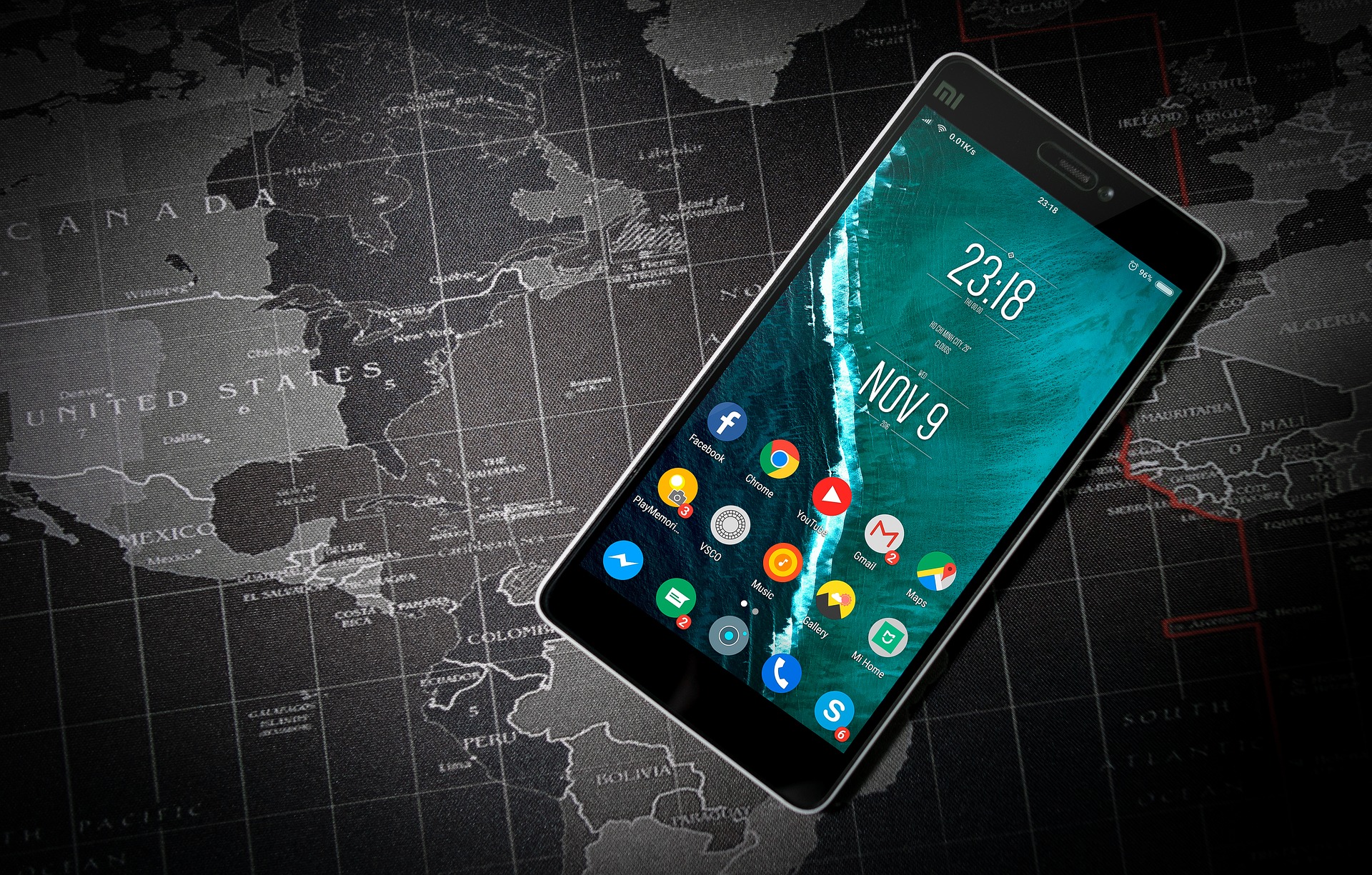There are few things more frustrating than a slow-moving phone that takes forever to open a webpage or check for new emails. Nevertheless, with a few simple steps, you could get your Android running faster than ever before.
1. Delete Unused Apps
With a myriad of free apps on the market today, many of us fall into the trap of downloading too many apps. It is easy to clog up the home screen with a multitude of icons for apps we will realistically only ever use once.
Free apps are only beneficial if you actually use them. Otherwise, they are simply cluttering your screen and using up your data. Some apps require constant connection to the internet in order to function properly. They silently in the background all the time, placing a burden on your hardware and increasing your data bills. You should delete all apps you do not use to speed up your Android device.
2. Enable Data Saver
Enabling Data Saver mode in your Chrome browser will help eliminate lag as you surf the net, compressing pages to load them more quickly, using much less data. There will be a trade off in terms of image and video quality, but enabling data saver could help speed up your phone considerably.
3. Update Software
It is worth keeping your software up to date to ensure you have the newest version of Android. Periodically, updates are released incorporating bug fixes, patches, or updated UI skins, all of which could help speed up your device.
To find out if a newer version is available, open Settings > About Device > Software Update. It is worth checking for updates for specific apps from time to time, particularly if you use emulators.
4. Reboot
As far as operating systems go, Android is generally quite vigorous, without requiring much general upkeep. If you notice that your smartphone has slowed down a lot, however, rebooting is a simple yet effective method of speeding it up, particularly if you have not rebooted for some time. You should aim to reboot your devices at least once a month.
5. Use Lite Versions
Chrome Lite mode can help you to speed up your browser significantly. To enable it, simply click on the three dots in Chrome to access the menu and select the appropriate option. Many popular apps like Twitter, Facebook, and Messenger also offer lite versions, enabling you to improve your Android’s performance as well as reducing your data use.
6. Clear Your Cache
There are some apps you will only use occasionally, but that are still important enough to earn memory space on your device. Take for example the apps you use to book hotels and flights, check reviews, or order food.
You should periodically take a moment to check in Settings, removing cached data for larger apps or those that you use infrequently to avoid them consuming too much space. Clearing cached data can help apps to work more smoothly, removing old data that might cause stoppages and lag. It is important to remember, however, that when you clear the app cache, this often deletes any preferences you have saved.
7. Turn Off Auto-Sync
Most smartphones include an option in the Settings app to turn off auto-sync. You should be discerning about the apps you allow to auto-sync in the background, turning off those that do not really need it to save battery and memory, enabling your Android to work faster and more efficiently.
8. Clear Your Home Screen
You should take a few moments to housekeep your home screen from time to time, deleting items you do not routinely use. A home screen featuring live wallpaper that is plastered in widgets displaying the news, weather, and your social media feeds will create lag as you swipe between screens.
It is more efficient to have a single page with rarely used apps stored away in folders rather than multiple screens. While this may not speed up your Android as such, it does make it easier for you to find and access the apps you use regularly, helping you to navigate your phone more easily and quickly.
9. Format the SD Card
If your Android is undergoing frequent crashes, it could be due to a corrupt SD card. If you format it, you will eliminate unnecessary junk created by the Android system and various apps. This has the potential to enhance your phone’s performance considerably.
10. Reduce Animations
This well-known hack will not actually speed up your Android, but it will reduce the time it takes to transition between apps and screens, making everything seem faster. Animations can be disabled by opening Settings > Accessibility and selecting Remove Animations.
11. Factory Reset
If all else fails, factory reset is the last resort. It should be carried out only after you have backed up everything. In terms of speeding up your Android and eliminating any gremlins from the system, it is sometimes the only option for devices that have slowed down to the point where you can no longer undertake basic tasks.

